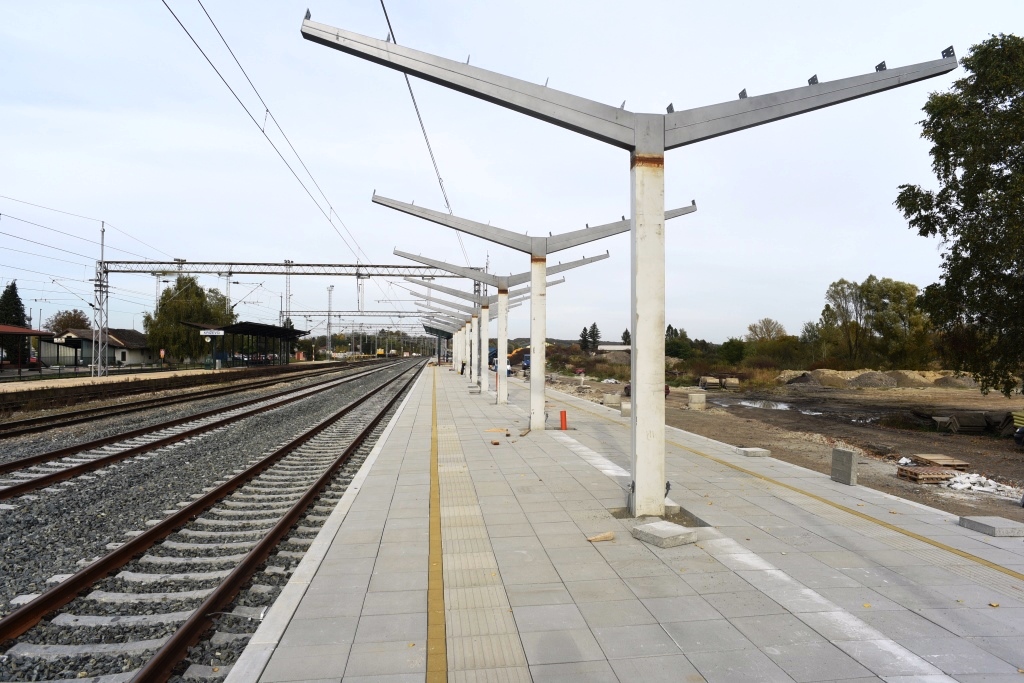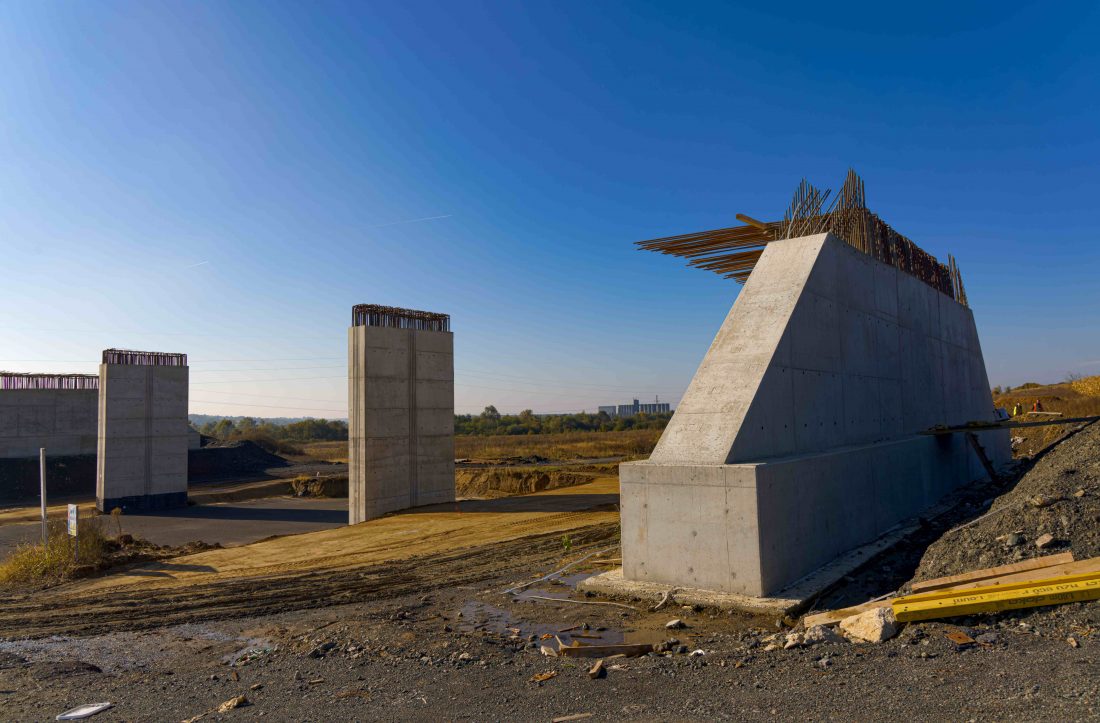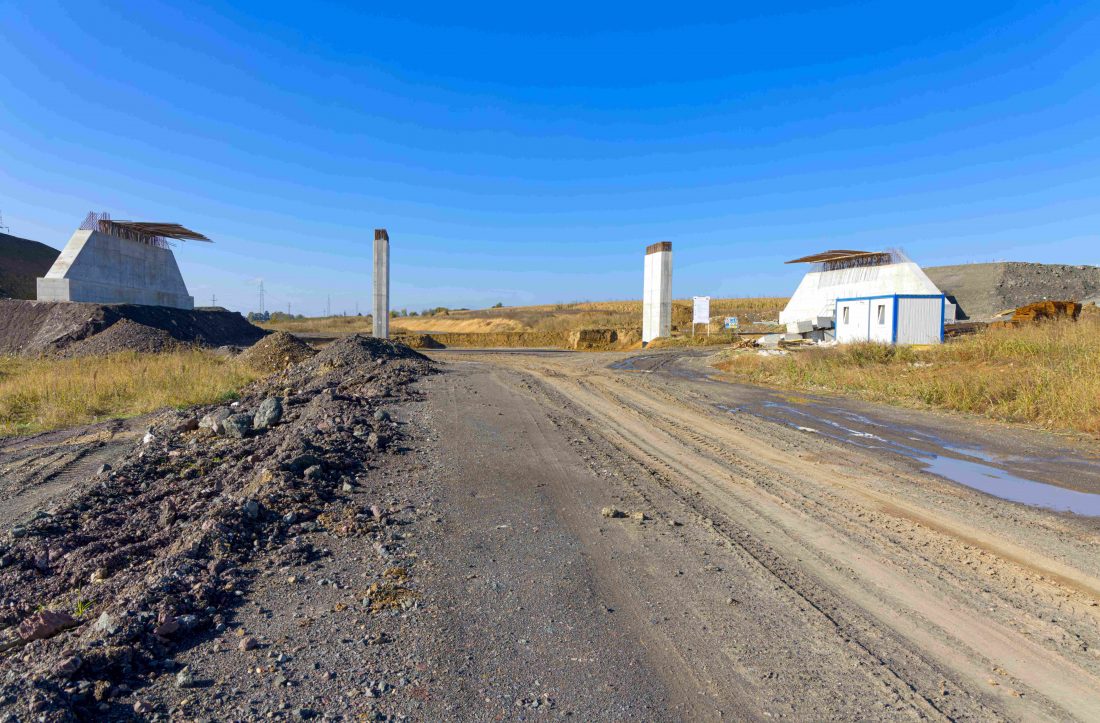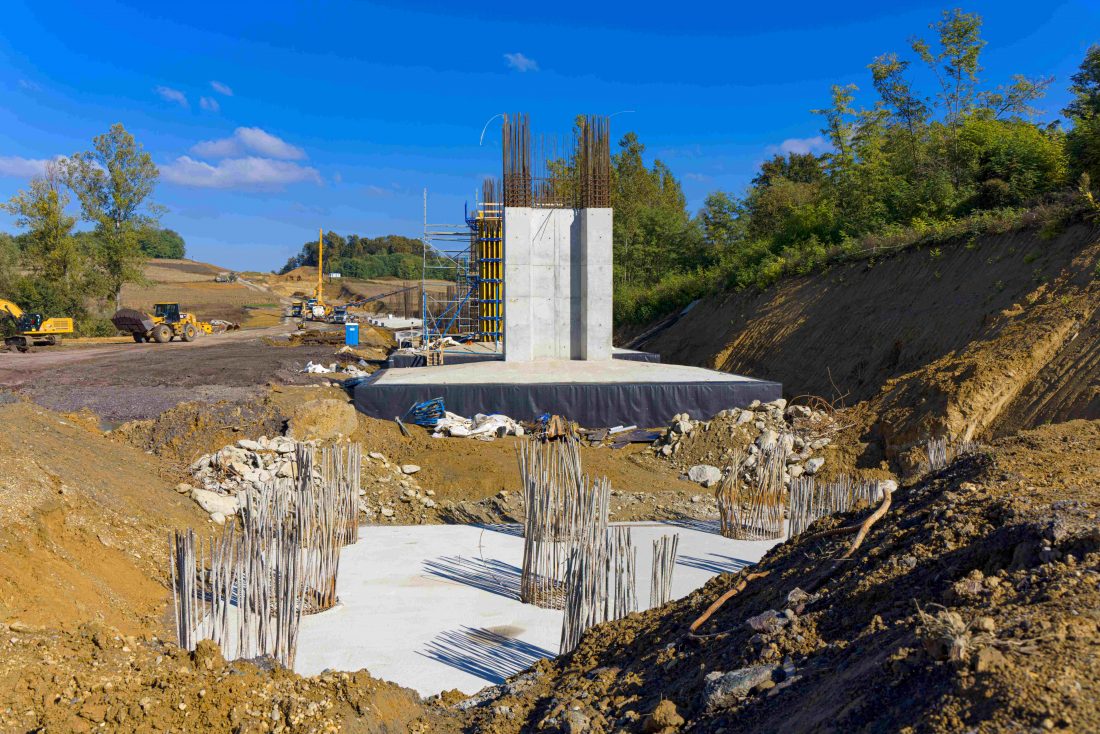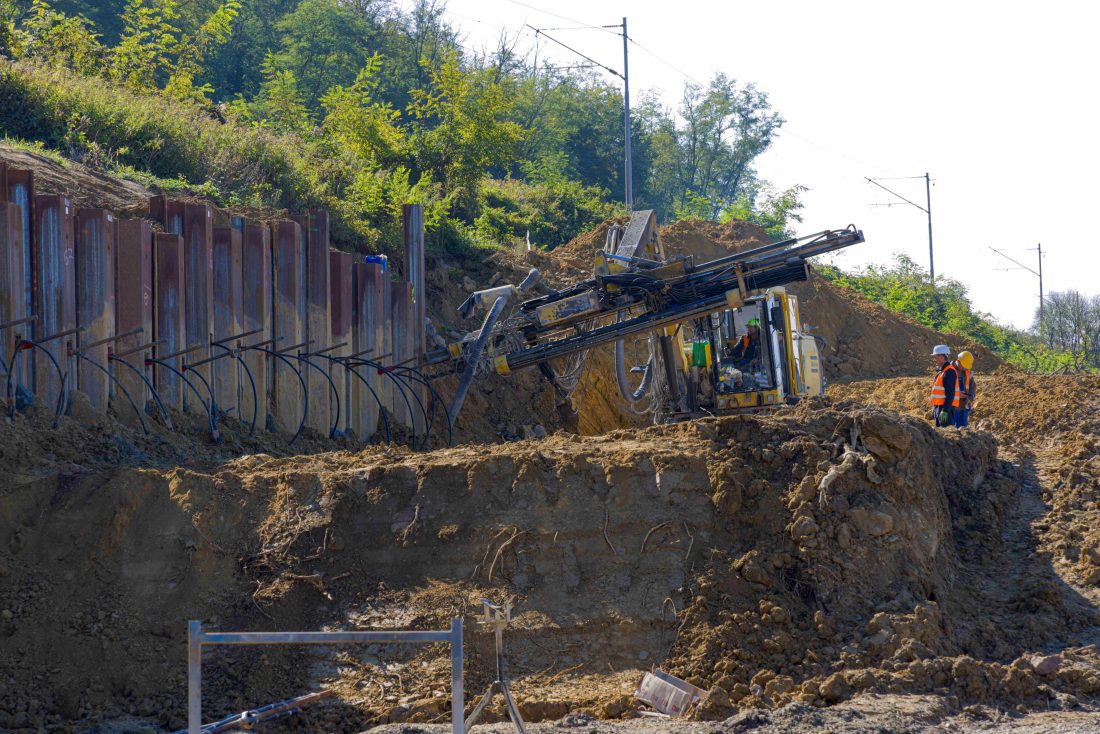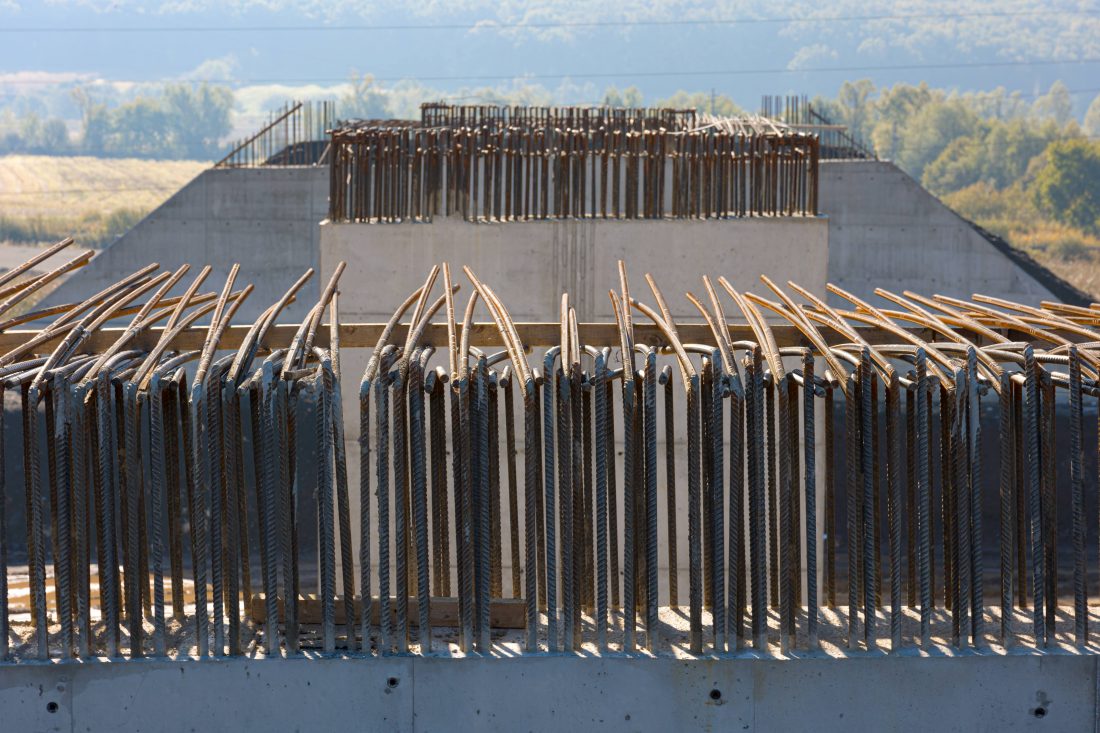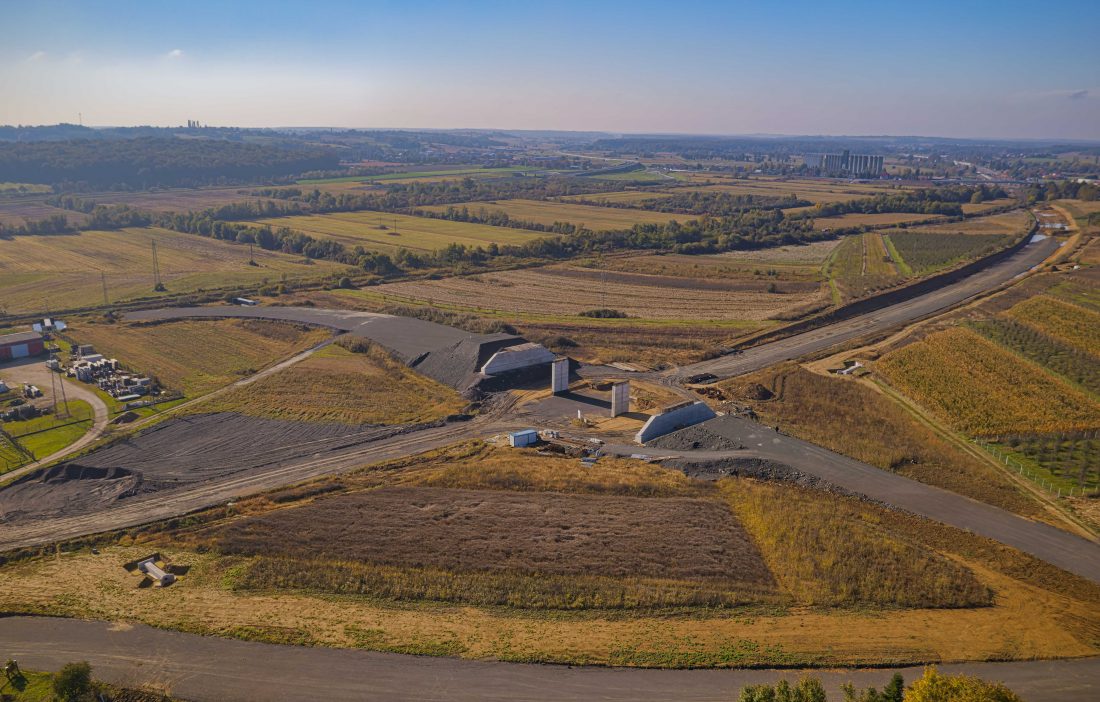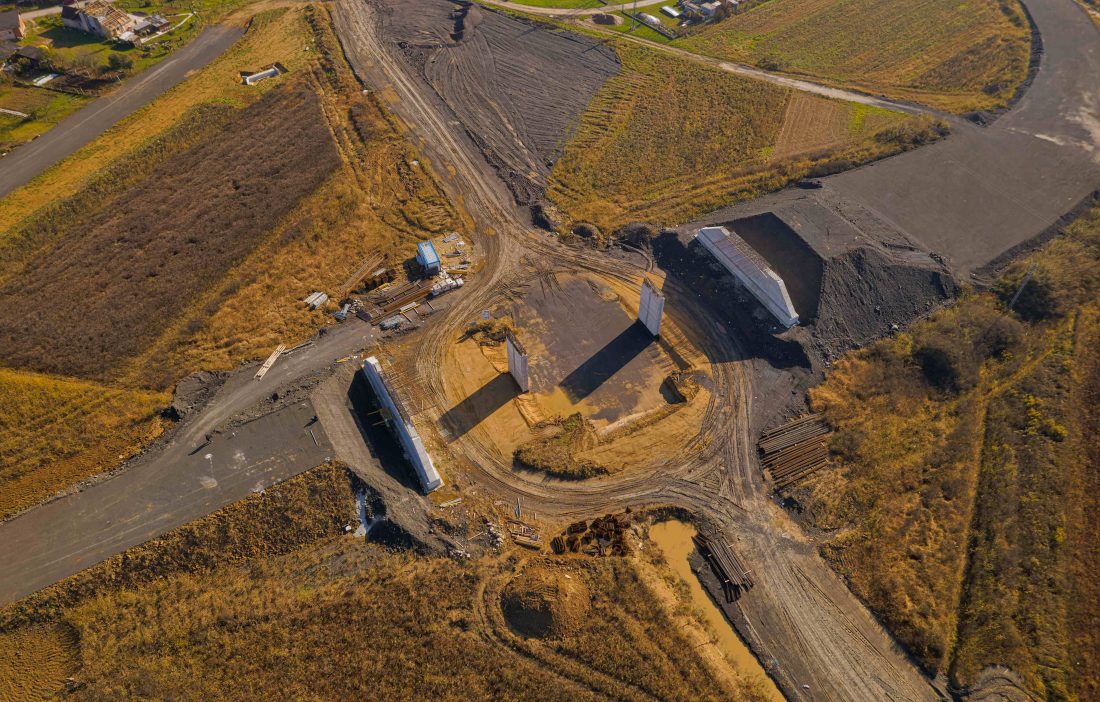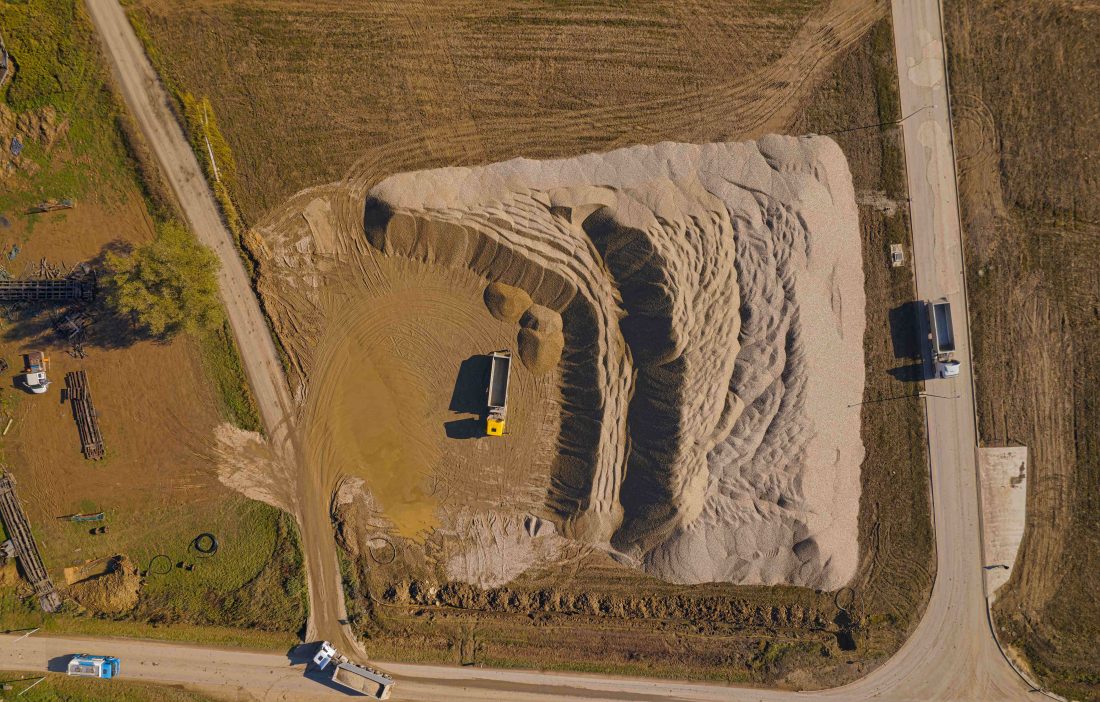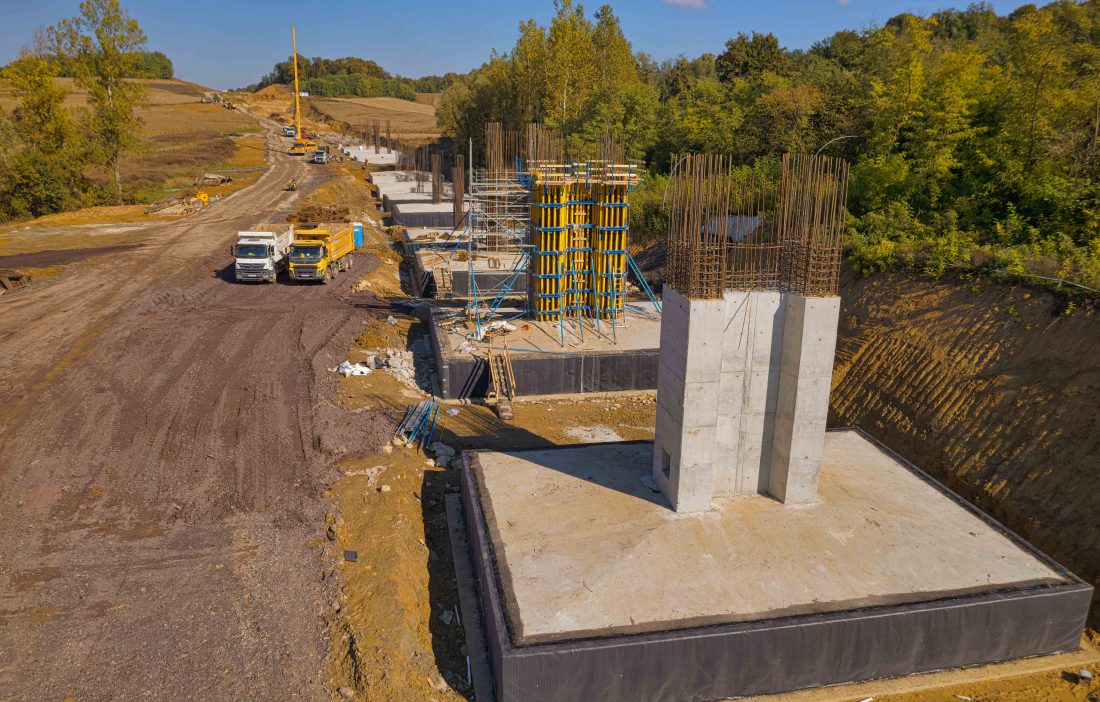Project summary
The project envisages the reconstruction of the existing track and the construction of a second track along the entire 42,6 km rail section
The project envisages the reconstruction of the existing track and the construction of a second track along the entire 42,6 km rail section, construction of a new Drnje – Novo Drnje – Botovo connecting track, reconstruction of the existing Koprivnica station, reconstruction and conversion of the Mučna Reka station into a stop, dismantling of the existing Drnje and Botovo stations and construction of new Lepavina and Novo Drnje station buildings, reconstruction of the existing stops in Majurec, Vojakovački-Kloštar, Carevdar and Sokolovac and construction of a new stop in Peteranec, construction of car parks and underpasses at stop locations, replacement of level crossings with grade separated level crossings, construction of noise barriers, reconstruction and upgrade of stable electric traction facilities, modernization of the electrification system, control-command and signalling subsystems, installation of level 1 ETCS, protection and relocation of utilities and other infrastructure. Reconstruction of horizontal curves, ancillary buildings and stable electric traction facilities shall allow the nominal projected speed of 160 km/h to be achieved along the entire section length. Additionally, reception of 750 m long interoperable freight trains will be enabled at the stations, with some able to receive 400 m long interoperable passenger trains.
With this large project, HŽ Infrastruktura continues with the modernization of the Mediterranean Corridor, which through the Port of Rijeka, Zagreb and Budapest, connects the Iberian Peninsula with the Hungarian-Ukrainian border, and thus with a single trans-European transport network (TEN-T). It is part of a project to establish a high-efficiency double-track railway for mixed transport from the Hungarian border to the Port of Rijeka. The project plans to upgrade the second track and reconstruct the existing track from Križevci to the Hungarian border. A speed of 160 km / h will be provided, with a limit of 150 km / h in Lepavina and 100 km / h in Koprivnica, since these are urban areas with specific restrictions. The new two-track section will follow the existing route with the exception of the Carevdar – Lepavina subsection. The total length of the section of the Križevci – Koprivnica – state border with Hungary will be reduced from 43.2 km to 42.6 km.
The project envisages: Reconstruction of 2 stations: Lepavina and Koprivnica; construction of a new station in Novo Drnje; reconstruction of 4 stops: Majurec, Carevdar, Vojakovački Kloštar and Sokolovac; construction of a new Peteranec stop and conversion of the existing Mučna Reka station into a stop; construction of 7 bridges, 1 gallery and 3 viaducts, one of which is a crossing for wild animals; construction of 8 road overpasses, 3 road underpasses and 9 underpasses; construction of vaulted and parallel roads along the railway line in order to enable access to all plots whose existing approaches will be interrupted by the construction of the railway; works on the construction and reconstruction of the catenary and other electric power plants, such as electric traction plants, power plants and outdoor lighting in stops and stations; works on the installation of new elements and devices on the signal-safety, traffic-control and telecommunication system.
Objective of the project
The overall objective of the project is to increase rail capacity, service quality and safety on the corridor. The project significantly contributes to improving the competitiveness of rail transport and promoting European territorial integration, regional competitiveness and cohesion.
Reconstruction of horizontal arches, railway structures and stable electric traction plants will enable the achievement of the nominal design speed of 160 km / h along the entire length of the section. Moreover, the stations will enable the reception of interoperable freight trains with a length of 750 m, and in some with the reception of interoperable trains for the transport of passengers with a length of 400 m. The project represents the second phase of a more comprehensive project aimed at upgrading and developing the conventional railway Zagreb – Dugo Selo – Koprivnica – DG with Hungary, on the previously determined section of the Mediterranean Corridor Rijeka – Zagreb – Budapest. One of the main goals of establishing the corridor is to connect southern European ports with Eastern European markets.




